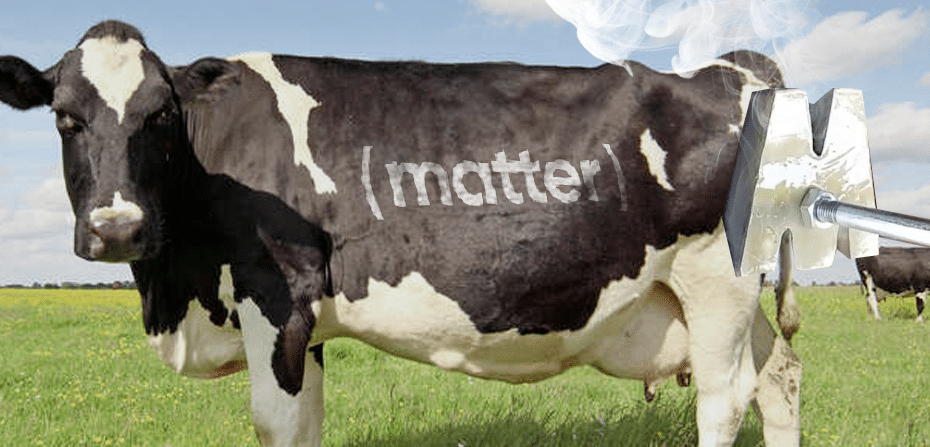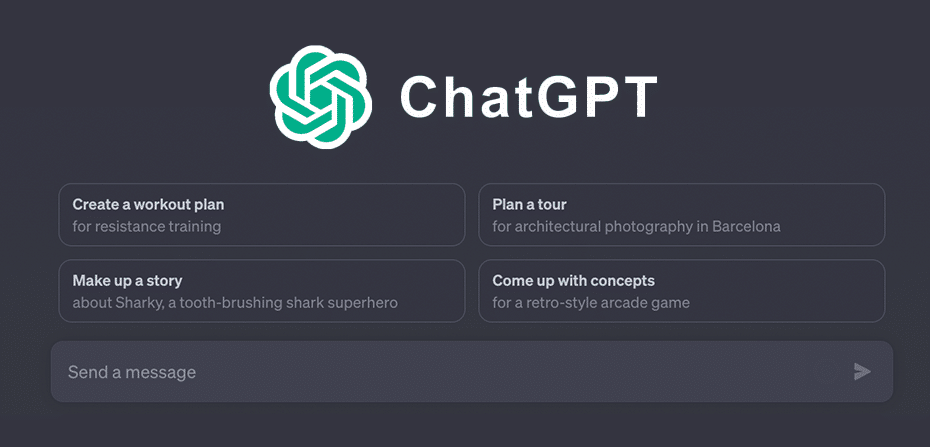Long before the concept of a branding agency was ever conceived, a company’s entire marketing strategy consisted of hanging a sign outside its brick-and-mortar storefront to announce its presence in the community. Fast forward to 2023, when the concept of branding has evolved so drastically that we sometimes don’t even refer to a company as a company—instead, we simply say, “the brand.” Instead of word-of-mouth marketing, we now rely on PPC ads, email campaigns, and SEO-optimized content to inform our decisions. With the rise of digital analytics, modern companies can launch and iterate effective content at breakneck speed. If branding has improved this drastically over the years, why should we care about the past?
The answer lies in one of the foundational tenants of good branding: knowing where you came from allows you to make more informed, effective decisions about where you’re going next. While branding has clearly improved by leaps and bounds over the centuries, we can’t be successful in the future without first learning from our past. Appreciating past marketing trends, technology, and tools enables companies to make strategic choices in the future that can positively influence the trajectory of their business.
Throughout the history of marketing, companies have found incredible success (think Kellogg’s recession-era strategy) and they’ve also failed miserably (remember “New Coke,” anyone?). By understanding past marketing decisions and their outcomes, today’s companies can identify long-term trends and better allocate resources to those that stand the test of time. The past also helps brands recognize how technological advancements have impacted consumer behavior over time and empower them to make more informed decisions as they grow.
Part I: The History of Branding
Before we dive into the exciting new developments in the world of digital branding, let’s remind ourselves where it all began. Here’s a quick look at where branding has been and where it’s heading next.
Ancient Origins.
In the 1500s, branding began as a simple way for livestock owners to differentiate their cattle from those of their neighbors—by branding the animals with a hot iron and a unique mark. In today’s language, these were the first logos. Over time, the concept of cattle branding was extended to include a wider variety of products, like items for sale in an ancient Roman marketplace, loaves of bread made by European bakers in the Middle Ages, or pieces produced by medieval guildsmen.

The Birth of Modern Advertising.
With the advent of the Industrial Revolution in 1760, many products that were once made by hand could now be mass produced. This flood of new products forced companies to distinguish themselves through branding. At the same time, mass media was quickly evolving. Through newspapers, magazines, radio, and television, brands had greater opportunities to reach consumers. Companies began using logos, catch phrases and illustrations to capture readers’ attention, and modern advertising was born.
The first branding agency, founded by William Taylor in 1786 London, sold ad space for printers and newspaper companies. This was followed by James White’s branding agency in 1800, and soon other agencies began popping up across the United Kingdom and eventually the United States. By the 1870s, registered trademarks were in full swing, and the United States Congress passed the Trademark Act in 1881 to delineate brands as intellectual property.
The Digital Revolution.
One key development in mass media radically altered the way humans shopped for goods, acquired knowledge, and consumed advertising: the internet. The first clickable banner ad was introduced in 1993, and Yahoo was launched a year later. Google’s powerful search engine was launched in 1998 and by 2006, search engine traffic reached 6.4 billion visits in a single month and a new concept called Search Engine Marketing took hold.
As companies rushed to adapt their brands from traditional to digital platforms, another platform emerged: social media. Beginning with Myspace and evolving to encompass Facebook, Twitter, Instagram, and TikTok, these social media power players gave “ordinary” people a worldwide platform to become active participants in ecommerce and promote their own goods and services. Cookies were developed to track and understand consumer behaviors, and online shopping became the norm.
Today, social platforms enable politicians, celebrities, and influencers to market themselves and develop personal brands. With nearly 3 billion monthly users, Facebook is maintaining its status as the largest social networking site, and more than 160 million businesses are leveraging Facebook to connect with consumers and promote their products. Social platforms have also enabled consumers to shop for any product at any time. In 2023, an estimated 4.9 billion people use between 6 and 7 different social media platforms to surf and shop every month.
Part II: What’s Next for Branding in the Digital Age?

Throughout history, brands have continuously evolved to fit these new developments in media and consumption habits. Combined with the proliferation of digital technologies and social media, the modern marketing arena will be defined by advancements in artificial intelligence (AI) and augmented reality (AR). AI will continue to play a significant role in the next iteration of branding, and companies cannot hope to build successful brands without engaging in this digital space.
Key emerging trends in branding include AI-powered search, new metrics for digital content evaluation, and the growing importance of social media rather than websites. To stay competitive, brands need a multi-channel approach to marketing that allows them to evolve alongside technological developments and consumer expectations.
Expanded Role of Artificial Intelligence.
While many marketers now use AI for simple task automation, such as digital ad placements, more sophisticated machine-learning algorithms will allow brands to exert greater influence over every stage of the consumer journey. Machine learning will also give brands greater insight into the intent behind consumer search queries, allowing them to provide more detailed and personalized responses and a smoother customer experience.
Changing Metrics for Digital Content.
Traditional SEO is evolving at lightning speed. As the race to scale AI chatbot capabilities takes us closer to the automation of website copy and design, search engine giants like Google are also utilizing AI to change the way they evaluate and rank webpages. To maintain search visibility, brands will be challenged to produce high-quality, authentic content that focuses far less on keyword stuffing to improve SERP rankings and far more on genuinely addressing consumer pain points.
Social Media as a Key Tool for Brand Reputation.
If consumers can find all the information they need from a search engine without ever visiting a brand webpage, social media platforms will become increasingly important vehicles for brands to connect with consumers and make sales. For some companies, social platforms may even begin to outpace landing pages and websites as they become consumers’ primary method of engagement with brands.
Part III: Finding Success in Digital Branding
Even though branding has changed so drastically over the past 500 years, one aspect of marketing has remained unchanged: successful companies deliver positive customer experiences. From the days of cattle identification to today’s AI-driven social marketing, branding should always be focused on providing quality products and solutions that meet consumer needs.
Your business might be ready to expand its use of AI, optimize website content for new SEO rules, or buy its social content to connect with customers on a deeper level. No matter where you are at in your personal branding journey, partnering with a trusted branding agency can help you navigate the branding evolution and maximize your company’s impact. (matter) is an award-winning branding agency that plans, creates, and activates thoughtful solutions that inspire customers to take action. Learn more about (matter)’s capabilities today and imagine how our expertise combined with your products could take the digital age by storm.